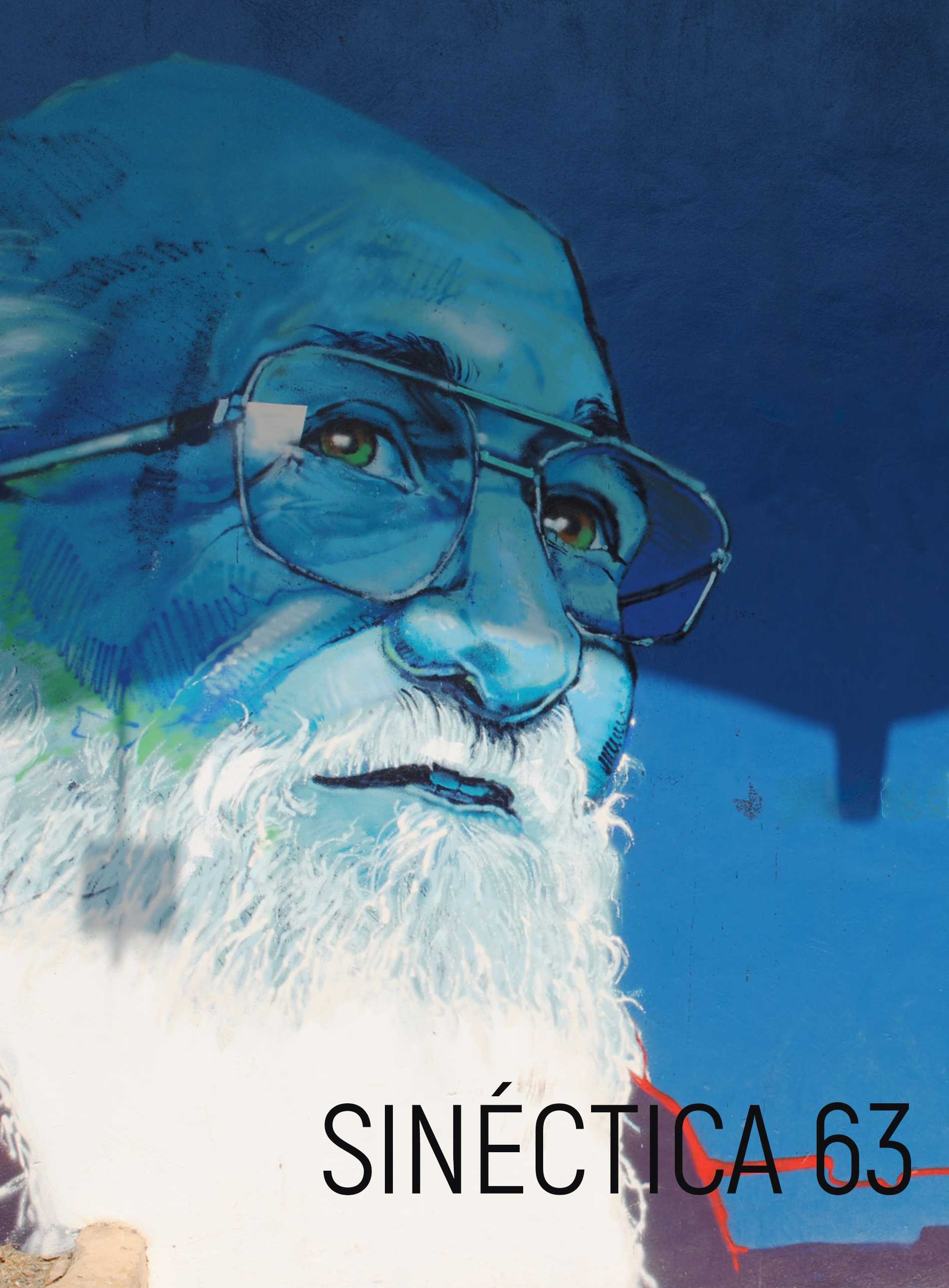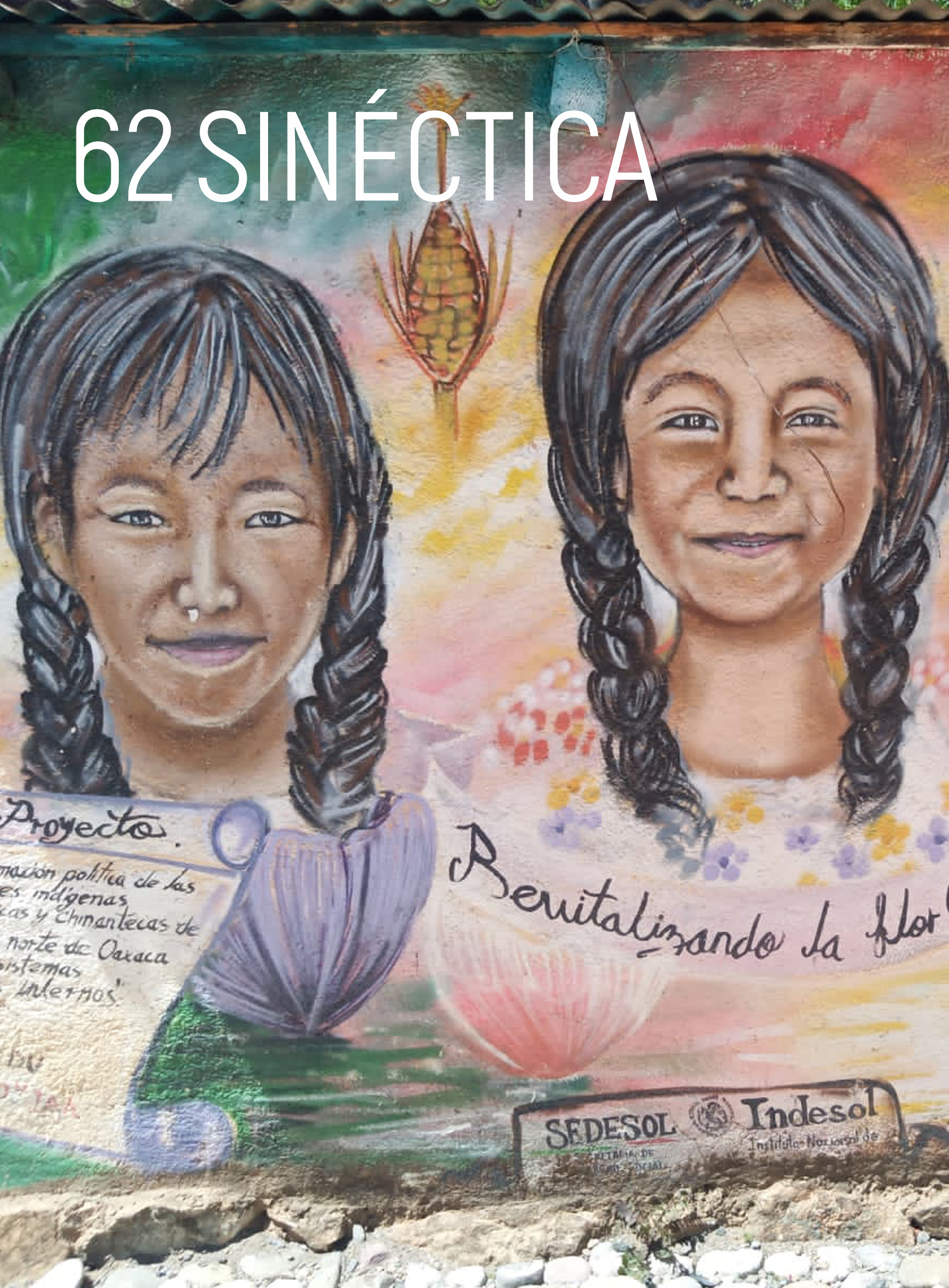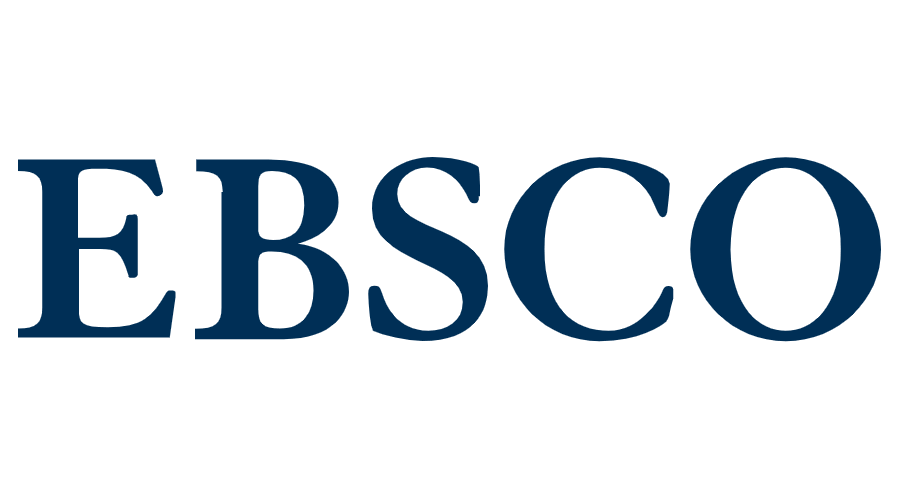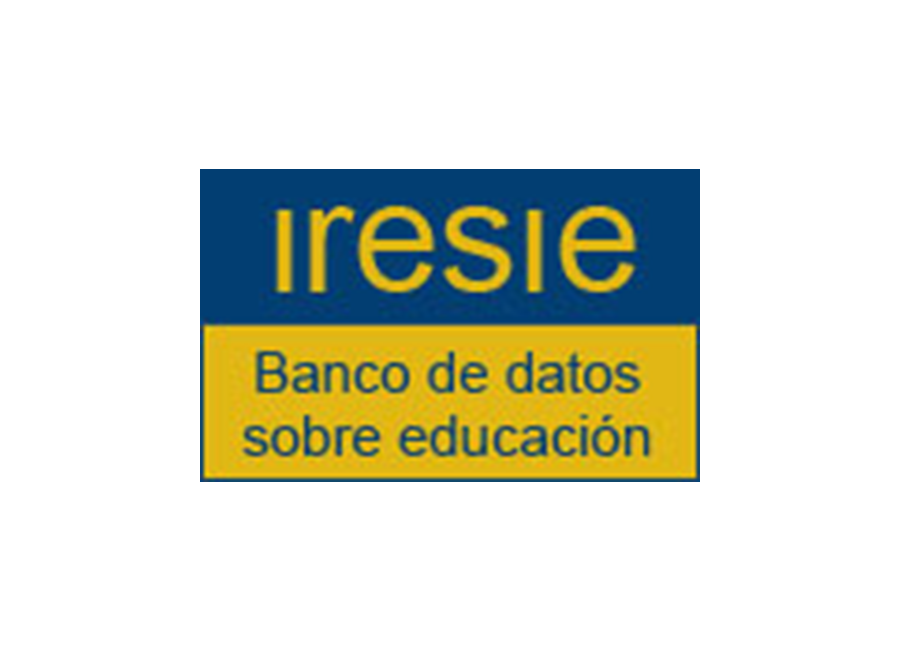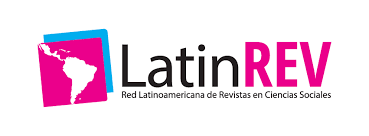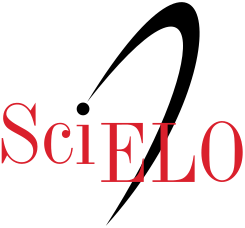Positive youth development in community sport: A program evaluation using the RE-AIM framework
DOI:
https://doi.org/10.31391/S2007-7033(2022)0059-010Palavras-chave:
community-based program, community partnership, non-profit sport, positive youth developmentResumo
T
The need for developmentally appropriate youth sport programs has instigated evidence-informed research interventions, yet intersectoral exchanges with pre-existing community-based sport programs remain rare. As such, this study involved a collaborative evaluation of a community sport program designed for underserved youth using the RE-AIM framework (Glasglow et al., 1999). Data were available to evaluate the programs reach and maintenance; however, the adoption and implementation dimensions required further evidence-informed tools for reliable evaluation. Similarly, whereas the organization deemed their effectiveness to be a critical component of the program, an inadequate amount of data was available to enable its measurement. We provide recommendations for establishing partnerships between researchers and pre-existing youth sport programs and discuss the implications of developing a user-friendly and evidence-informed evaluation toolkit.
Downloads
Referências
Bean, C., Kramers, S., Forneris, T. & Camiré, M. (2018). The implicit/explicit continuum of life skills development and transfer. Quest. 70(4), 456-470. https://doi.org/10.1080/00336297.2018.1451348
Bean, E., Whitley, M. A. & Gould, D. (2014). Athlete impressions of a character-based sports program for underserved youth. Journal of Sport Behaviour, 37(1), 3-23.
Benoit, C., Casey, L., Jansson, M., Phillips, R. & Burns, D. (2011). In for the long haul: Knowledge translation between academic and nonprofit organizations. In B. J. R. Leadbeater, E. M. Banister & E. A. Marshall (Eds.). Knowledge translation in context: Indigenous, policy, and community settings (pp. 15-34). University of Toronto Press.
Brunelle, J., Danish, S. & Forneris, T. (2007). The impact of a sport-based life skill program on adolescent prosocial values. Applied Developmental Science, 11(1), 43-55. https://doi.org/10.1080/10888690709336722
Camiré, M., Forneris, T., Trudel, P. & Bernard, D. (2011). Strategies for helping coaches facilitate positive youth development through sport. Journal of Sport Psychology in Action, 2(2), 92-99. https://doi.org/10.1080/21520704.2011.584246
Coakley, J. (2011). Youth sports: What counts as “positive development”? Journal of Sport and Social Issues, 35(3), 306-324. https://doi.org/10.1177/0193723511417311
Côté, J. & Fraser-Thomas, J. (2016). Youth involvement and positive development in sport. In P. R. E. Crocker (Ed.). Sport and exercise psychology (pp. 256-287). Pearson.
Côté, J., Turnnidge, J. & Evans, M. B. (2014). The dynamic process of development through sport. Kinesiologia Slovenica, 20(3), 14-26.
Côté, J., Turnnidge, J., Murata, A., McGuire, C. & Martin, L. (2020). Youth sport research: Describing the integrated dynamics elements of the Personal Assets Framework. International Journal of Sport Psychology, 51(6), 562-578.
Cullen, A., Giles, T. & Rosenthal, J. (2006). Evaluating community-based child health promotion programs: A snapshot of strategies and methods. National Academy for State Health Policy.
Danish, S., Forneris, T., Hodge, K. & Heke, I. (2004). Enhancing youth development through sport. World Leisure, 46(3), 38-49. https://doi.org/10.1080/04419057.2004.9674365
Finch, C. F. & Donaldson, A. (2010). A sports setting matrix for understanding the implementation context for community sport. British Journal of Sports Medicine, 44(13), 973-978. https://doi.org/10.1136/bjsm.2008.056069
Gibson, K. (2017). Mixed-methods research in sport and exercise: Integrating qualitative research. In B. Smith & A.C. Sparkes (Eds.). Routledge Handbook of Qualitative Research in Sport and Exercise (pp. 382-396). Routledge International Handbooks.
Glasgow, R.E., Vogt, T.M. & Boles, S.M. (1999). Evaluating the public health impact of health promotion interventions: The RE-AIM framework. American Journal of Public Health, 89(9), 1322-1327.
Gould, D., Flett, R. & Lauer, L. (2011). The relationship between psychosocial developmental and the sports climate experienced by underserved youth. Psychology of Sport and Exercise, 13(1), 80-87. https://doi.org/10.1016/j.psychsport.2011.07.005
Graham, I. D., Logan, J., Harrison, M. B., Straus, S. E., Tetroe, J., Caswell, W. & Robinson, N. (2006). Lost in knowledge translation: time for a map? Journal of Continuing Education in the Health Professions, 26(1), 13-24. https://doi.org/10.1002/chp.47
Herman, R. D. & Renz, D. O. (1997). Multiple constituencies and the social construction of non-profit organization effectiveness. Nonprofit and Voluntary Sector Quarterly, 26(2), 185-206. https://doi.org/10.1177/0899764097262006
High Five (2020). What is high five: Mission, vision, and principles. https://www.highfive.org
Hoekstra, F., Martin Ginis, K. A., Allan, V., Kothari, A. & Gainforth, H. (2018). Evaluating the impact of a network of research partnerships: A longitudinal multiple case study protocol. Health Research Policy Systems, 16(107), 1-11. https://doi.org/10.1186/s12961-018-0377-y
Holt, N. L. (Ed.). Positive youth development through sport. Routledge International Handbooks.
Holt, N. L. & Neely, K. C. (2011). Positive youth development through sport: A review. Revista Iberoamericana de Psicología del Ejercicio y el Deporte, (6)2, 299-316.
Jung, M., E., Bourne, J., E. & Gainforth, H., L. (2018). Evaluation of a community-based, family focused healthy weight initiative using the RE-AIM framework. International Journal of Behavioral Nutrition and Physical Activity, 15(13). https://doi.org/10.1186/s12966-017-0638-0
Lawrason, Turnnidge, J., Tomasone, J., Allan, V., Côté, J., Dawson, K. & Martin, L. J. (2021). Employing the RE-AIM Framework to Evaluate Multisport Service Organization Initiatives. Journal of Sport Psychology in Action, 12(2), 87-100. https://doi.org/10.1080/21520704.2020.1773592
Martinek, T., Schilling, T. & Johnson, D. (2001). Transferring personal and social responsibility of underserved youth to the classroom. The Urban Review, 33(1), 29-45. https://doi.org/10.1023/A:1010332812171
NUTMEG (2018). About us: What we do. https://nutmegsoccer.org
Pierce, S., Kendellen, K., Camiré, M. & Gould, D. (2016). Strategies for coaching for life skills transfer. Journal of Sport Psychology in Action, 9(1), 11-20. https://doi.org/10.1080/21520704.2016.1263982
Shaw, R. B., Sweet, S. N., McBride, C. B., Adair, W. K. & Martin Ginis, K. A. (2019). Operationalizing the reach, effectiveness, adoption, implementation, maintenance (RE-AIM) framework to evaluate the collective impact of autonomous community programs that promote health and well-being. BMC Public Health, 19(1), 803. https://doi.org/10.1186/s12889-019-7131-4
Toivonen, H. M., Wright, P. M., Hagger, M. S., Hankonen, N., Laine, K. & Lintunen, T. (2021). Feasibility of a responsibility-based leadership training program for novice physical activity instructors. Frontiers in Psychology, 12, 648235–648235. https://doi.org/10.3389/fpsyg.2021.648235
Turnnidge, J. & Côté, J. (2017). Transformational coaching workshop: Applying a person-centered approach to coach development programs. International Sport Coaching Journal, 4(3), 314-325. https://doi.org/10.1123/iscj.2017-0046
Turnnidge, J., Côté, J. & Hancock, D.J. (2014). Positive youth development from sport to life: Explicit or implicit transfer? Quest, 66(2), 203-217. https://doi.org/10.1080/00336297.2013.867275
Verhagen, E., Voogt, N., Bruinsma, A. & Finch, C. F. (2013). A knowledge transfer scheme to bridge the gap between science and practice: An integration of existing research frameworks into a tool for practice. British Journal of Sports Medicine, 48(8), 698-701. https://doi.org/10.1136/bjsports-2013-092241
Weiss, M. R. (2016). Old wine in a new bottle: Historical reflections of sport as a context for youth development. In Holt, N. L. (Ed.). Positive youth development through sport (pp. 7-20). Routledge International Handbooks.
Weiss, M. R., Kipp, L. E., Phillips Reichter, A. & Bolter, N. D. (2020). Evaluating girls on the run in promoting positive youth development: Group comparisons on life skills transfer and social processes. Pediatric Exercise Science, 32(3), 172-182. https://doi.org/10.1123/pes.2019-0252
Weiss, M. R., Stuntz, C. P., Bhalla, J. A., Bolter, N. D. & Price M.S. (2013). ‘More than a game’: Impact of the first tee life skills program on positive youth development: Project introduction and yearly findings. Qualitative Research in Sport, Exercise, and Health, 5(2), 214-244. https://doi.org/10.1080/2159676X.2012.712997
Whitley, M. A., Forneris, T. & Barker, B. (2015). The reality of sustaining community-based sport and physical activity programs to enhance the development of underserved youth: Challenges and potential strategies. Quest. 67(4), 409-423. https://doi.org/10.1080/00336297.2015.1084340
Whitley, M. A., Forneris, T. & Barker, B. (2014). The reality of evaluating community-based sport and physical activity programs to enhance the development of underserved youth: Challenges and potential strategies. Quest. 66(2), 218-232. https://doi.org/10.1080/00336297.2013.872043
Williams, C., Neil, R., Cropley, B., Woodman, T. & Roberts, R. (2022). A systematic review of sport-based life skills programs for young people: The quality of design and evaluation methods. Journal of Applied Sport Psychology, 34(2), 409-435 https://doi.org/10.1080/10413200.2020.1792583
Downloads
Publicado
Edição
Seção
Licença
Copyright (c) 2022 Sinéctica

Este trabalho está licenciado sob uma licença Creative Commons Attribution-NonCommercial 4.0 International License.

Esta obra está sob uma Licença Creative Commons Atribuição-Não Comercial 4.0 Internacional.
Os autores que publicam em Sinéctica estão de acordo com os seguintes termos:
Os autores guardam os direitos autorais e cedem à revista o direito de primeira publicação da obra autorizada simultaneamente sob uma licença de atribuição de Creative Commons, que permite a outros compartilharem o trabalho, sempre que se reconheça tanto a autoria da obra como a publicação inicial nesta revista.
Os autores podem fazer acordos contratuais adicionais separadamente para a distribuição não exclusiva da versão publicada da revista (por exemplo, publicá-la em um armazenamento de dados institucional ou em um livro), com o reconhecimento de sua publicação inicial nesta revista.
É permitido aos autores publicarem seu trabalho em armazenamento de dados institucionais ou em seu próprio website antes e durante o procedimento de envio, pois isso pode gerar intercâmbios produtivos, assim como uma citação anterior e maior do trabalho publicado.
Nota explicativa: A partir de 2017, Sinéctica se rege com base na Licença Creative
Commons Atribuição-Não Comercial 4.0 Internacional, versão que contempla as licenças a nível internacional.
Os artigos de 1992 a 2016 estão sob uma Licença de Creative Commons Reconhecimento-Não Comercial -Sem Obra Derivada 4.0 Internacional, que permite compartir e distribuir uma obra sem fins comerciais e com reconhecimento do autor, mas proíbe modificar a criação original.



